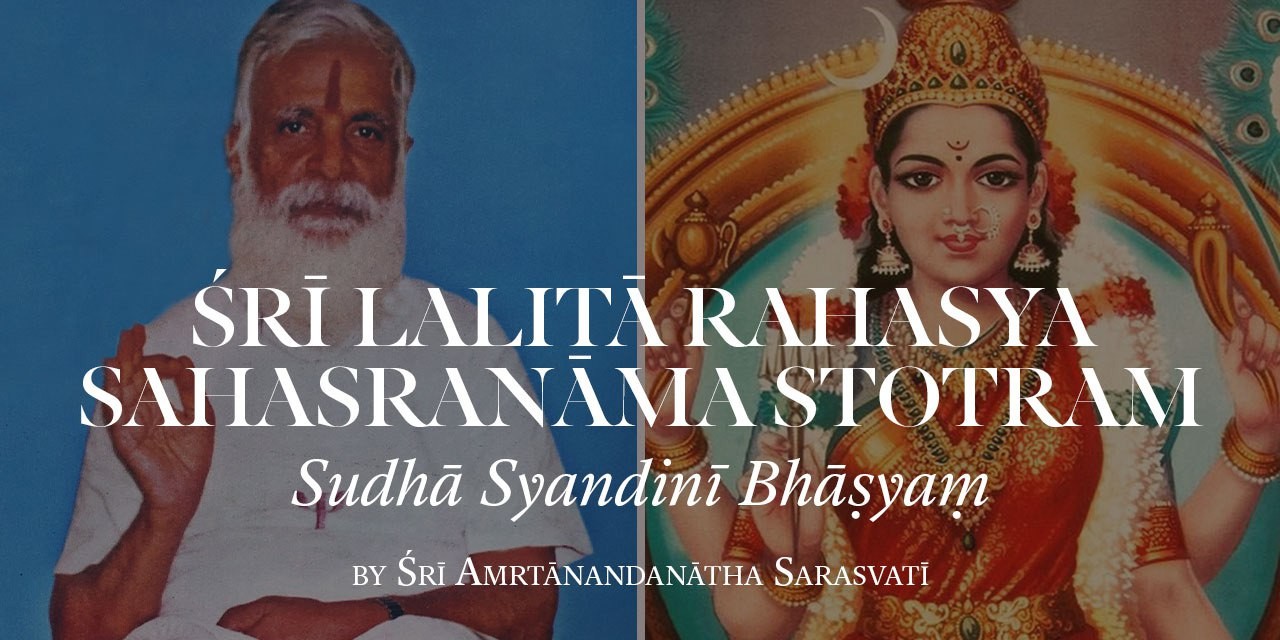
193. Duṣṭadūrā
She keeps the evil force at a distance. The force or the evil trend, such as sadistic or masochistic tendencies in man. Sadism involves deriving pleasure by hurting others. The connection between injury and pleasure is common to both these forces of evil. Devi keeps both these forms at a distance.
This reflects on the part that the devotees have to take in their sādhana. Some devotees make a show of their devotion. They are prepared to injure others in the name of religious faith. One of the mild forms of such injury consists, for example, in insisting on one's particular eating habits when you go to another person's house on a friendly visit. The more turbulent forms of such show occur in the fanatic ‘holy wars’ raged by humans against humans, claims and counter claims like - “My reason and my faith is better than yours and so you must either accept my faith or I will kill you.”
In the civilized world the same thing goes on in a different way. The wording goes “you are infidels, you are non-believers, either you believe or you will go to hell. We will give you comforts, we will give you recognition if you accept our faith.” So bribery becomes the instrument for conversion in the civilized world. Replacement of fear of death by bribery is changing the mask of religious nepotism. It does not change its internal character.
The other side of the story in the ascetic self-denial, hurting oneself, inflicting pain and injury on oneself constantly, does not lead to the expected end result, glory of God.
Aurobindo was asked by one of his visitors as to why he is spending such lavish amounts in decorating the hall used for worship of the Divine Mother. Aurobindo replied with a question, "Is it your conception of God then that he is poor and lacks riches?"
The devotee in search of divinity must avoid both the extremes injuring others as well as injuring one's self. The path lies in the golden mean between these two experiences.
Source: Śrī Amṛtānandanātha Sarasvatī "Sudhā Syandinī Bhāṣyaṃ" Typed Manuscript
(an incomplete commentary on Lalitā Sahasranāma)

